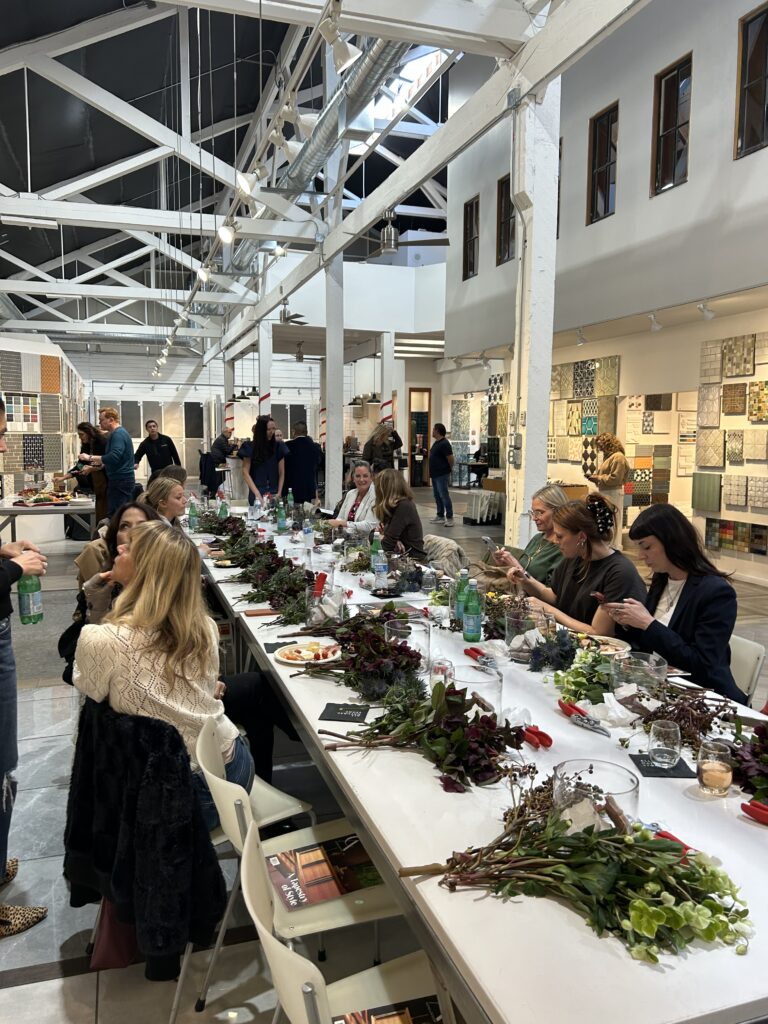
Pierre Koenig’s Cube In Rustic Canyon, $3.79M
Hovering above its site in Santa Monica, Pierre Koenig’s 1994 Schwartz House was the architect’s last built commission—after decades as an influential teacher and mentor—in a career that had begun with a jolt with his Case Study House #22, AKA The Stahl House, that tour-de-force in steel and glass c

Open Studios: Master of Materials
Artist Rafi Ajl breaks all traditional moldsThe Stomper coffee table. Photo by Rafi Ajl.California has always been considered a hub for discovering groundbreaking artists. However, lately there is an exciting deluge of young, talented makers who are producing deeply profound bodies of work in both t

Paradise In Studio City, $6M
Welcome to Casa Mallorca, the latest project of Mark Alexander and Rob Diaz of the eminent L.A.-based design/build firm Studio Rob Diaz in Studio City. Like the lovely but popular Mediterranean island paradise it evokes, Casa Mallorca is a luminous, luxuriously simple home with impeccable details—ju
Categories
Recent Posts











